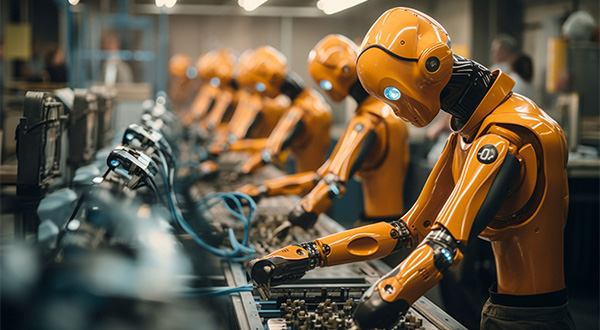Four key industries where IoT has made an impact
IoT is fast becoming part of our societal norm. It’s used by many of us in order to make our day-today processes run more smoothly.
So, what are the key industries where IoT has made the biggest impact?
IoT in Health
There’s no doubt that IoT has completely revolutionised the way that we look after our bodies. Both health and fitness has moved on so much in recent times; and this is in no small part down to the ever-evolving wearables market.
Devices such as FitBit and Misfit are now highly recognisable and used by a fair proportion of our society. The technology that these wearables are equipped with tracks our fitness and health routines down to each individual step we take. This information is then sent over to our mobile devices and packaged into an easy to read (and monitor) format.
IoT has also had a great impact on the way we monitor people who are unwell or fragile. Applications such as the 3rings plug allow for more independence for the elderly and gives relatives an easy, non-intrusive way of checking up on them.
Although IoT hasn’t changed the core principals when it comes to health, it’s definitely altered the way we monitor ourselves. We expect technology for improving health and fitness to be extremely popular in the next few years.
IoT in Transport/Travel
The introduction of telematics has been huge for the transport and travel industries. Although telematics was first introduced to the fleet management industry over 15 years ago, it has continued to grow and develop into a critical part of many business operations.
As well as tracking routes, locations and timings, the more advanced telematics systems can report on much more sensitive data. Things such as harsh breaking and abrupt gear changes can now be tracked and reported by our devices.
The fact that this data is now tracked and can be followed by logistics managers has made a huge difference to the industry’s driving quality.
Another way that IoT is beginning to emerge in the travel and transport industry is with self-driving cars which once rolled out commercially may be the most high profile use of IoT yet…
IoT in Security
Security at home, within business and whilst out in public is something that everybody should take seriously. Over recent(ish) times there has been a major increase in security presence not only within premises, but also public places.
This increase in security has been majorly due to the necessity of it, but also because we’re now able to more easily keep ourselves safe thanks to IoT. In the past security camera’s needed a hard drive in able to record data. As you can imagine, recording constantly causes the space on the drive to fill up quickly.
Nowadays, thanks to developments in technology, we can deploy security cameras that only
record when they sense motion or incident; in many cases the parameters can be tailored to suit any needs or desires.
On top of this, it’s no longer necessary for security cameras to actually record data themselves. By having cameras equipped with an M2M SIM card, the camera can immediately send all the data it collects back to you; you can even remotely access the camera to view the footage in real-time.
IoT in Retail
IoT is changing the world of retail as we know it. You could be forgiven for simply believing that IoT is having an impact solely on e-commerce retail; but that’s not the case at all. The impact that connected technology is having on ‘physical retail’ (for lack of a better term) is huge.
Sensors and trackers are used to report a vast amount of data on aspects such as inventory, product usage and even footfall. Some of this data may seem trivial; however it allows retailers to more easily pick up on trends. This gives them a better understanding of where they need to be focusing their efforts.
On top of this, remote payment terminals – powered by M2M SIM Cards – have also been a huge part of the developments in retail.
We’re no longer required to mess around processing payments after products have been sold; this can be done in areas where Wi-Fi isn’t available/impossible to wire.


